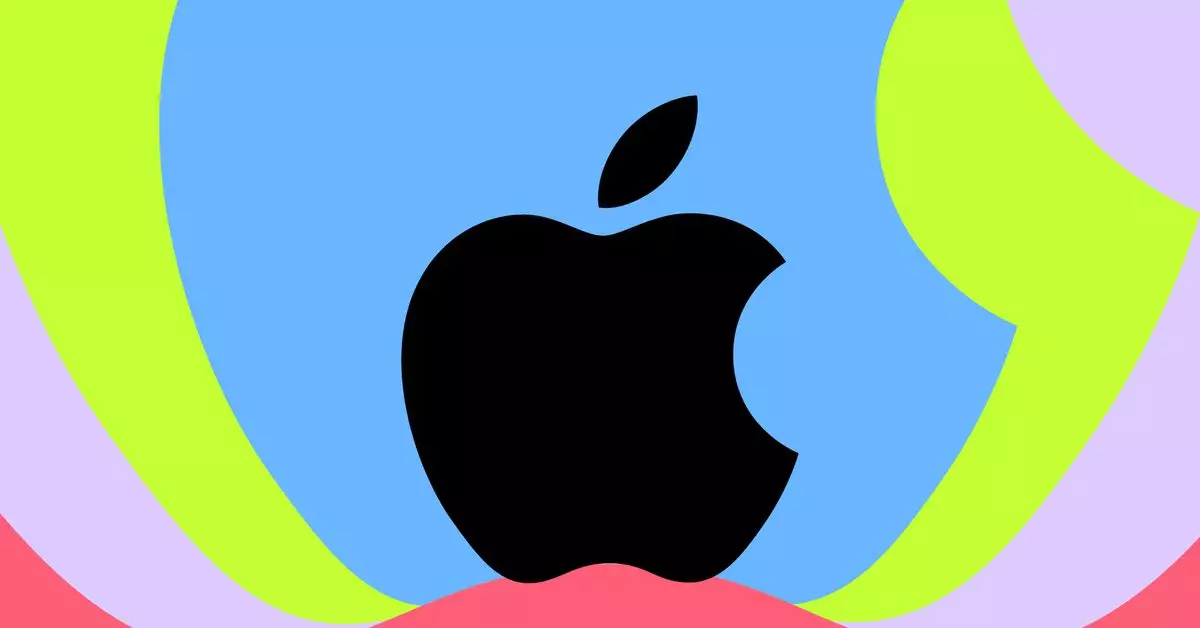Apple has long been a trendsetter in the smartphone industry, consistently pushing boundaries with its innovative designs and technologies. The upcoming iPhone 17 Air seems to be another bold step forward. This AAA mobile device is not just another iteration; it is being positioned as a potential “testing ground for future technologies,” providing a glimpse into what might be featured in Apple’s future devices, including its anticipated foldable phones. Speculated to be launched this fall, the iPhone 17 Air is stirring curiosity and excitement among tech enthusiasts.
According to reports, particularly from noted analyst Mark Gurman, Apple plans to make the iPhone 17 Air notably thinner, retracting about 2 millimeters compared to its predecessors. This move would make the device between 5.5 mm and 6.25 mm thick, redefining the standard of smartphone thinness. This design philosophy mirrors that of the MacBook Air and iPad Air, which are recognized as the sleekest options in their respective lines. However, this reduction in size isn’t merely for superficial appeal; it indicates Apple’s long-term vision towards creating foldable devices. A thinner form factor is crucial for integrating versatile technologies that may shape the future of mobile devices.
One of the most intriguing aspects of the iPhone 17 Air is its potential to serve as a platform for testing Apple’s proprietary technologies, particularly its new in-house cell modem, codenamed Sinope. With the expected rollout of this modem in the iPhone SE this spring, the iPhone 17 Air could address its performance and reliability in real-world scenarios. Furthermore, industry insiders suggest the device will debut Apple-designed Wi-Fi and Bluetooth chips, signaling a significant shift in how users will connect to their devices.
The tech-oriented expectations continue with rumors of a 6.6-inch ProMotion OLED display, promising a 120Hz variable refresh rate similar to the features found only in previous iPhone Pro models. There’s also buzz surrounding its camera system—expected to include a single 48-megapixel lens along with a 24-megapixel front-facing camera. Such advancements suggest a commitment to enhancing mobile photography, a crucial aspect of modern smartphone functionality.
Powering the iPhone 17 Air is likely to be the A19 chip, which would theoretically amplify processing power and efficiency. Coupled with 8GB of RAM, it is expected to facilitate the operation of Apple Intelligence AI features. This combination may propel the iPhone 17 Air to new performance heights, enabling smoother multitasking and more sophisticated user experiences in everyday interactions.
As the launch of the iPhone 17 Air approaches, anticipation builds not just for the device itself but for what it represents: a stepping stone towards the future of smartphones under Apple’s innovative umbrella. This phone is poised to integrate several emerging technologies while simultaneously preparing the ground for Apple’s eventual foray into foldable devices. While speculation continues to swirl, one thing is clear—the iPhone 17 Air is set to make significant waves in the tech world.


Leave a Reply